Checking Universal Verification
Get Started Now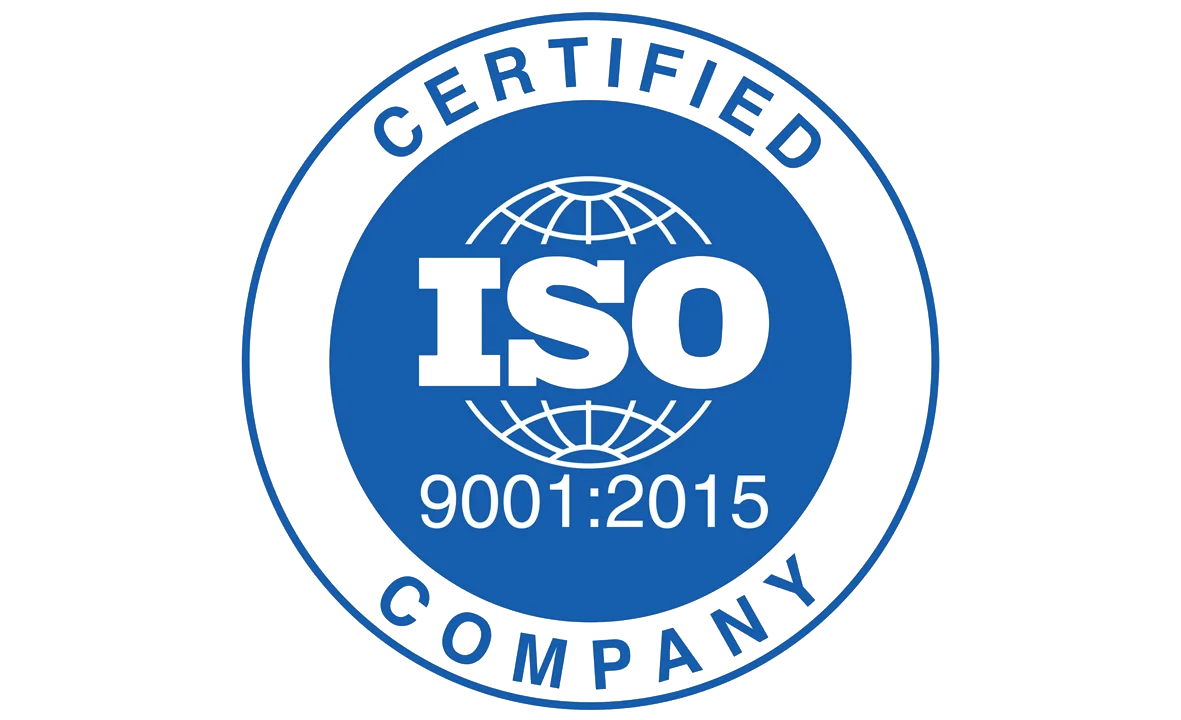
What are standards?
ISO (International Organization for Standardization) is a worldwide federation of national standards bodies. They give world-class specifications for products, services and systems, to ensure quality, safety and efficiency. ISO has published more than 20,000 international standards covering all industries, from technology, food safety, agriculture and healthcare. ISO international standards have a great impact on the quality of products that can be supplied.
653
Company
2095
Clients
1956
ISO

Benefits of International Standards
International Standards have technological, economic and societal benefits. iso helps to Unification technical specifications of products and to make the industry more efficient and breaking down barriers to international trade. ISO gives consumers the assurance that products are safe, efficient, effective, and environmentally friendly.
Benefits of standards: the ISO Materials
ISO has developed materials describing the economic and social benefits of standards, the ISO Materials. They are intended to be shared with decision makers and stakeholders as concrete examples of the value of standards.
Facts and figures about the benefits of standards
The repository of studies on economic and social benefits of standards provides an insight of the approaches and results of the studies undertaken by different authors, such as national and international standards bodies, research institutes, universities and other international agencies.
For business
International standards are tools and guidelines that help companies compete with major businesses, enabling them to advance globally, run more successful business operations, increase their productivity, and reach new global markets.
Benefits include
Cost savings
International Standards help optimize operations and therefore improve the bottom line.
Enhanced customer satisfaction
International Standards help improve quality, enhance customer satisfaction and increase sales.
Access to new markets
International Standards help prevent trade barriers and open up global markets.
Increased market share
International Standards help increase productivity and competitive advantage.
Environmental benefits
International Standards help increase productivity and competitive advantage.
Improving product quality
International Standards help increase productivity and competitive advantage.
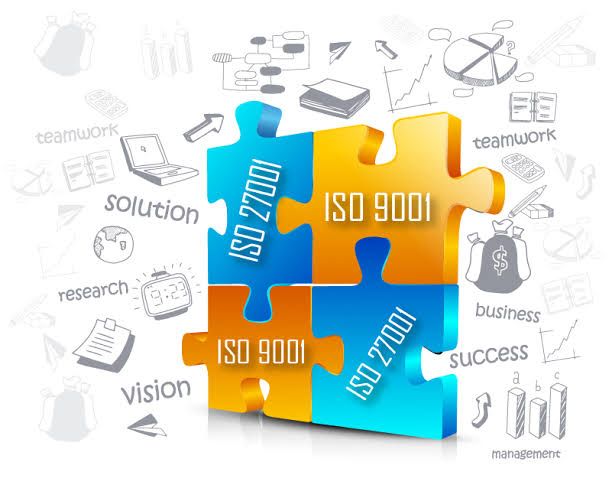
For Society
SO has over 19000 standards touching almost all aspects of daily life. When products and services conform to International Standards consumers can have confidence that they are safe, reliable and of good quality. For example, ISO's standards on road safety, toy safety and secure medical packaging are just a selection of those that help make the world a safer place. To make sure that the benefits of ISO International Standards are as broad as possible, ISO supports the involvement of consumers in standard development work with its Committee on consumer policy. International Standards on air, water and soil quality, on emissions of gases and radiation and environmental aspects of products contribute to efforts to preserve the environment and the health of citizens.
blogs
Vero justo sed sed vero clita amet. Et justo vero sea diam elitr amet ipsum eos ipsum clita duo sed. Sed vero sea diam erat vero elitr sit clita.

Using energy efficiently helps organizations save money as well as helping to conserve resources and tackle climate change. ISO 50001 supports organizations in all sectors to use energy more efficiently, through the development of an energy management system (EnMS).
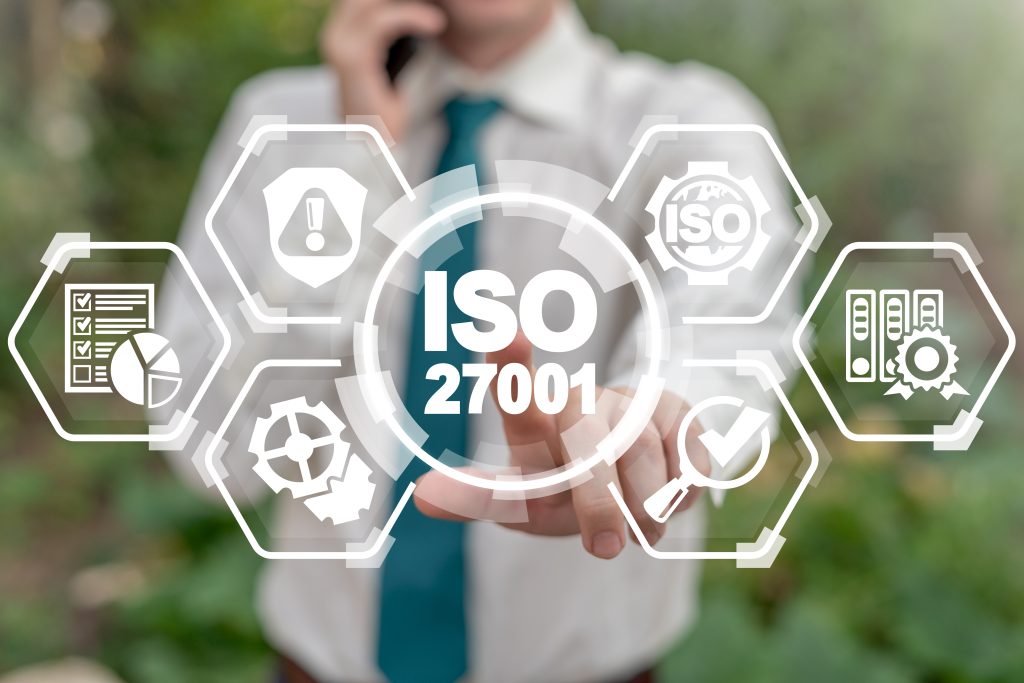
The ISO 27000 family of standards helps organizations keep information assets secure. Using this family of standards will help your organization manage the security of assets such as financial information, employee details or information entrusted to you by third parties.
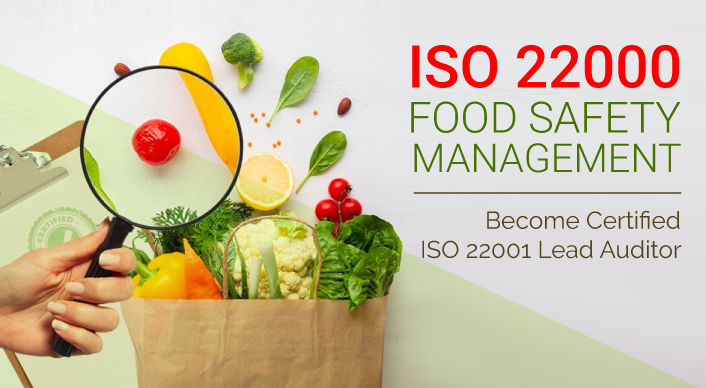
The ISO 22000 family of International Standards addresses food safety management. As many of today food products repeatedly cross national boundaries, International Standards are needed to ensure the safety of the global food supply chain.

Over 6300 people die each day from work-related accidents or diseases - that’s nearly 2.3million every year. The burden of occupational injuries and diseases is significant, resulting in losses from early retirements, staff absence and rising insurance premiums.
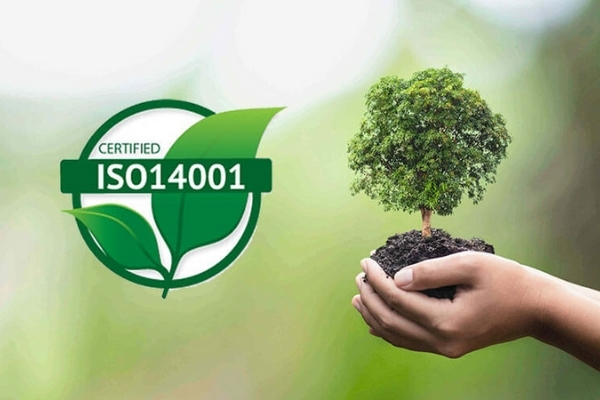
Over 6300 people die each day from work-related accidents or diseases - that’s nearly 2.3million every year. The burden of occupational injuries and diseases is significant, resulting in losses from early retirements, staff absence and rising insurance premiums.